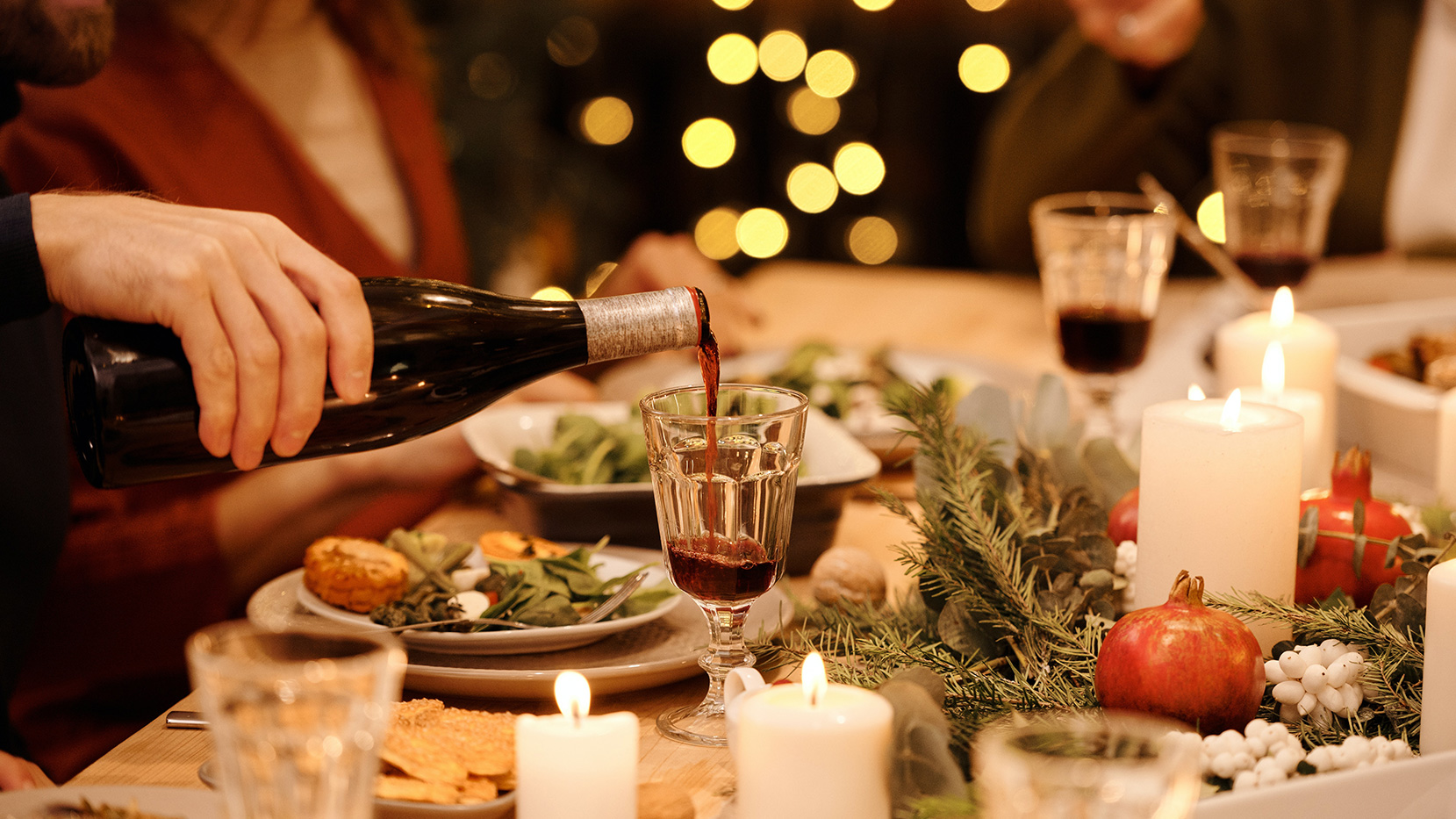The Rose and its many faces
The Rosé, contrary to popular belief and assumption, does not occur when mixing white and red wine. It is produced by the technology of white wine, but from red grapes. Its color comes from the short contact with the skins, where besides the colors, the ethereal tannins and the fruit intensity come from. The longer the grapes ferment with the skins, the more intense their taste and color.
Some rosettes are made according to the Saignée method (bloodletting in French): when red wine is looking for more tannin and color, it is concentrated, as part of the grape must is released at an early stage, after its light coloring. The red wine is concentrated and the must in question is fermented separately for a rose.
The method of production, as well as the grape variety itself determine the different styles of rosette: from yellowish, through tile, light red, purple, orange, bright pink with flavors ranging from strawberry to cherry, raspberry and apricot, to flowers and herbs. Generally lighter rose, Provence style, are more ethereal and elegant, with aromas of red berries, lavender, thyme. The denser ones,, which are typical mainly of Mediterranean countries with warmer climates such as Greece, Italy and Spain, have much more intense aromas and flavors of berries, sometimes even cotton candy or candy.
Although it became interesting to audiences, critics and wineries only about fifteen years ago, the rose has been produced since ancient times, namely from 600 BC. Considered at the beginning of another short-lived fashion, it managed to prove that it is much more than a picnic wine and, along with the Italian Pinot Grigio, marks a serious increase in sales in more and more markets.
Rose is the ultimate partner of various foods, seasons and occasions and is therefore often chosen as an alternative to specific whites and reds. Whether it is pasta, or pork, whether it is in summer or winter, whether it is on a table or in a meadow, the rosette is always a good choice. It is also interesting to know that the only rose that can be produced by mixing white and red wine is… pink champagne. It is forbidden for any other.
Bulgaria has been doing very well with the rose in recent years and today almost every winery produces rose. Ten years ago, fashion was more in the style of "saturated and dense color", now the majority of Bulgarian rosettes are fragrant, pale in color and in an elegant, Provencal style. Both international and local varieties are used.
Like white wine, the rose is served in a medium-sized, versatile wine glass so that it can be aerated and dissolve its aromas. The serving temperature should be one idea higher (about 10-12 ° C), ie it should be well cooled, but not too cold. If you are hesitant, just follow the 20:20 rule, namely: white and rosette are removed from the refrigerator 20 minutes before consumption, and red must be placed in the refrigerator 20 minutes before consumption to reach the "room temperature" of the last century, namely 18 ° C.














